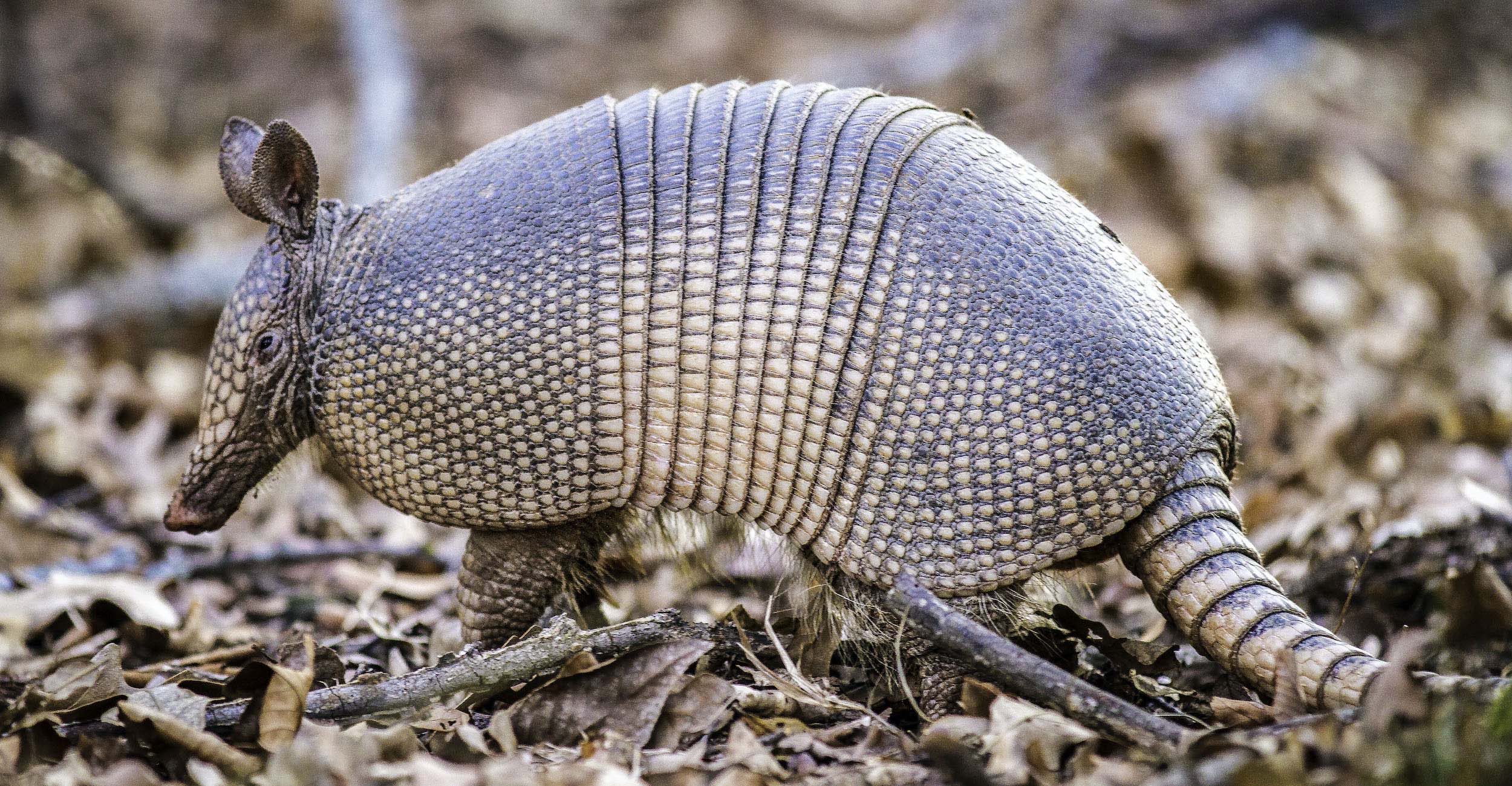
How to ward off those pesky armadillos
Friday, October 14, 2022
Media Contact: Gail Ellis | Editorial Communications Coordinator | 405-744-9152 | gail.ellis@okstate.edu
Armadillos are sneaky critters that destroy flower beds, root up lawns and test the sanity of homeowners. Oklahoma State University Extension offers advice on how to control armadillo damage during warm months when the animal’s destructive behavior is most visible.
“There is seldom a quick and easy fix to any wildlife damage problem,” said Dwayne Elmore, OSU Extension wildlife specialist. “Often the cost (time and money) of control exceeds the damage caused, and in this particular case, damage is mostly aesthetics or nuisance.”
Elmore’s OSU Extension fact sheet on nuisance armadillos suggests the following:
- Armadillo damage to Bermudagrass is manageable because healthy grass will quickly fill in bare patches.
- Bare patches in cool season grasses will need to be reseeded in the fall.
- The extra irrigation required by cool season grasses makes them especially attractive to armadillos.
- Wear gloves when filling in holes with soil and turf or smoothing out flower beds.
- Repellants and scare tactics are not effective in keeping armadillos out of the landscape.
- Fences more than 12 inches tall should eliminate most armadillo activity.
The armadillo is a mammal that typically gives birth to four identical young. They have sparse hair under their armored shell. They feed on insects and earthworms by digging in loose soil with their long claws.
“The armadillo expanded its distribution north in recent decades but is not adapted to the cold,” Elmore said. “Its population is sometimes reduced in northern Oklahoma following prolonged cold winters.”
Other interesting facts about armadillos:
- Armadillos have an excellent sense of smell but poor eyesight.
- They can swim and sometimes walk under water when crossing shallow ditches.
- They do not hibernate but become less active in the winter.
- Armadillos are the only other mammal other than humans known to carry leprosy.
- During the hottest months of the year, they are most active from 2 to 5 a.m.
- It is illegal to move an armadillo to another location for release unless the landowner grants permission.
Elmore said armadillos are not protected in Oklahoma and may be trapped or shot year-round. Trapping is highly effective using a live catch trap that is 12 inches tall, 12 inches wide and 32 inches deep. Traps that include a door work best.
As a safety reminder to those who may encounter an armadillo in close range, they often jump several feet off the ground when frightened and can cause injury if a person is standing too close. While the probability of a leprosy infection is low, Elmore cautions against handling armadillos or disturbed soil with bare skin.
